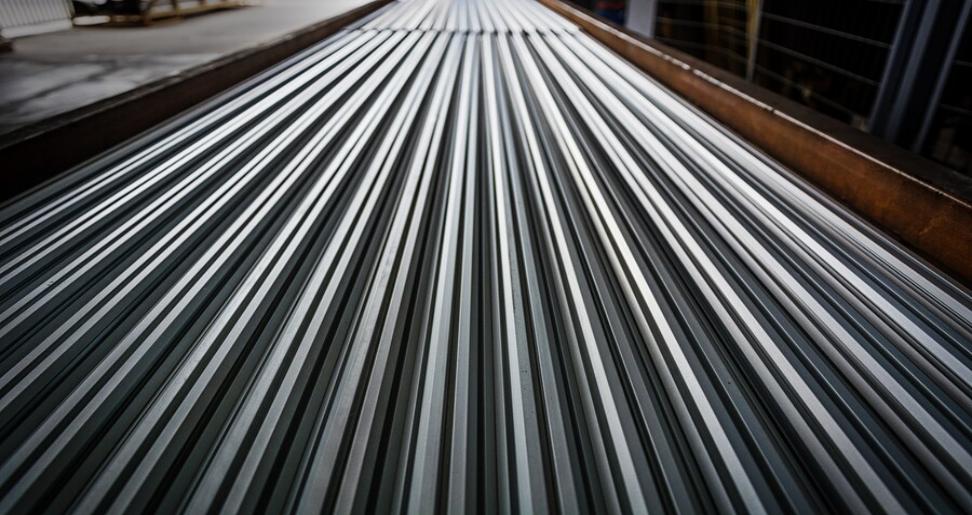Overmolding, the process of fusing multiple materials within a single mold, offers a powerful tool for product designers and engineers. While plastic is often the go-to choice for the overmolded layer, aluminum presents a unique alternative for specific applications. Overmolding, also sometimes called two-shot molding, is a manufacturing process that combines two or more materials into a single part.
While overmolding with aluminum offers numerous advantages, it’s important to understand that there isn’t a single “easy” technique. Aluminum’s properties present some challenges compared to overmolding with plastics. However, there are techniques that can be considered more straightforward within this process.
Let’s delve into the world of overmolding with aluminum, exploring the techniques, advantages, and potential applications of this innovative approach.
Understanding Overmolding with Aluminum
Traditionally, overmolding involves integrating a plastic layer onto a core material, often another plastic or a metal insert. However, Aluminum or aluminium offers distinct advantages for certain applications:
Strength and Rigidity: Aluminum provides superior strength and rigidity compared to most plastics. This is particularly beneficial for structural components or applications requiring high load-bearing capacity.
Heat Dissipation: Aluminum possesses excellent thermal conductivity, allowing for efficient heat dissipation from the core material. This is crucial for electronics and other products that generate heat.
Electrical Conductivity: Certain aluminum alloys offer good electrical conductivity, making them suitable for integrating electrical components within the over mold part.
Techniques for Overmolding with Aluminum:
Overmolding with aluminum presents unique challenges due to the different properties of aluminum and plastic. Here are the primary techniques employed:
Insert Molding: This common technique involves placing a pre-formed aluminum insert into the mold cavity. Plastic is then injected around the insert, creating a strong bond between the two materials. Careful design of the insert geometry and surface texture is crucial for optimal adhesion.
Two-Shot Molding: This technique involves injecting the molten plastic directly onto the aluminum insert within the mold. Precise control of temperature and pressure is essential to ensure proper flow of the plastic and prevent warping of the aluminum insert.
Ultrasonic Welding: In some cases, ultrasonic welding can be used to create a strong bond between the aluminum insert and the overmolded plastic. This technique is particularly suitable for small components or applications where traditional molding techniques might be impractical.
Challenges and Considerations:
While advantageous in specific situations, overmolding with aluminum presents certain challenges:
Thermal Expansion Mismatch: Aluminum and plastic have different coefficients of thermal expansion. This can lead to warping or cracking of the overmolded part if not addressed through proper design and material selection.
Surface Preparation: Aluminum surfaces require proper pre-treatment to ensure optimal adhesion with the plastic. This may involve sandblasting, chemical etching, or applying an adhesive promoter.
Mold Design Complexity: Molds for overmolding with aluminum require careful design considerations for gating systems, cooling channels, and ejection mechanisms to accommodate the different material properties.
Applications of Overmolding with Aluminum:
Despite the challenges, overmolding with aluminum offers valuable benefits for specific applications:
Electronics: Aluminum inserts can be overmolded with heat-resistant plastics to create enclosures for electronic devices, enabling efficient heat dissipation and improved durability.
Automotive Components: Aluminum inserts can be overmolded with wear-resistant plastics to create lightweight yet robust components like handles, knobs, and interior trim pieces.
Sporting Goods: Aluminum components like bat handles or hockey stick shafts can be overmolded with shock-absorbing plastics for improved grip and durability.
Medical Devices: Overmolding aluminum inserts with biocompatible plastics can create lightweight surgical instruments or prosthetic limbs, offering strength and sterilization compatibility.
The Future of Overmolding with Aluminum
Advancements in technology and materials are opening doors for even more innovative applications:
Laser Texturing: Laser texturing of aluminum surfaces can enhance adhesion with the overmolded plastic and create functional features like improved grip or anti-slip properties.
Material Innovation: The development of new aluminum alloys with lower thermal expansion coefficients or improved bonding properties could further enhance the feasibility of overmolding with aluminum.
Conclusion:
Overmolding with aluminum presents a unique option for product designers and engineers seeking a combination of strength, rigidity, and thermal management in their creations. While challenges exist, careful design, proper technique selection, and ongoing material advancements will continue to push the boundaries of this innovative approach. As technology evolves, overmolding with aluminum has the potential to revolutionize the design and creation of high-performance products across diverse industries.
Have A Look :-
- Are EVs Safe?
- The Top 3 Electric Utility Vehicles!
- 3 Best EV Batteries Companies To Power Your Vehicle

